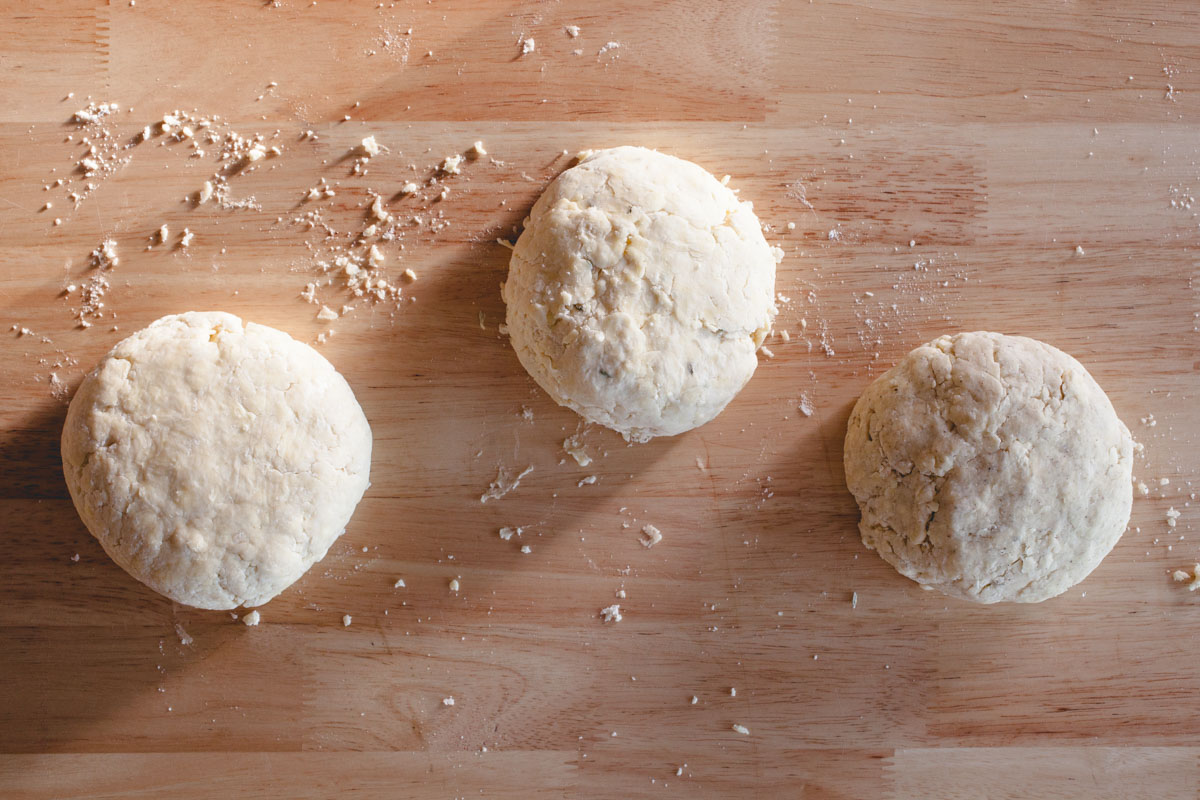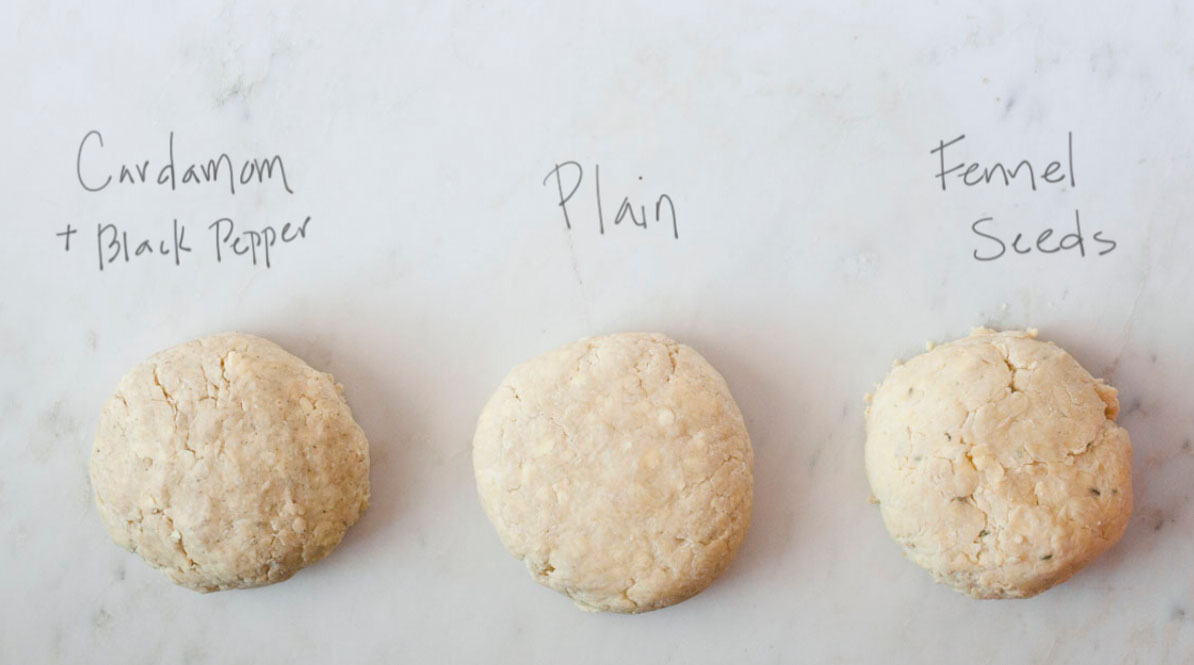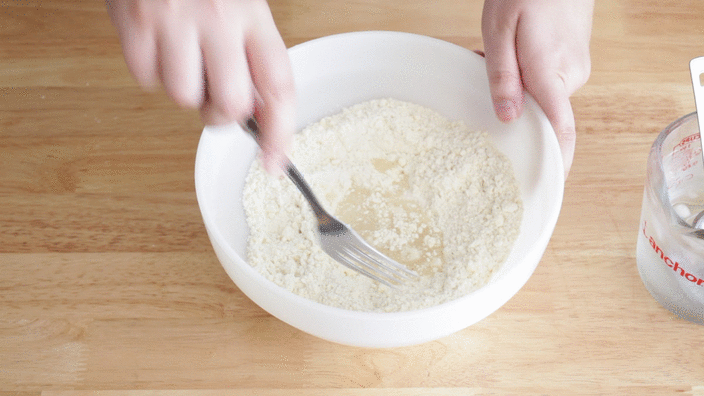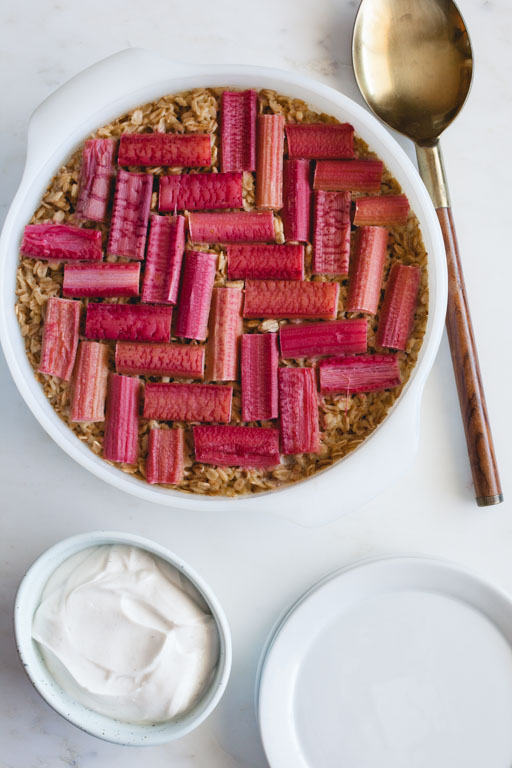To many families, holiday traditions just aren't complete until Grandma's (or Aunt Martha's, or Uncle Pete's) pie has been passed around the table. Like an heirloom, these revered recipes often come to us from generations past and connect us to the larger whole of our family. I grew up with two Southern grandmothers (well, one was technically Cuban but adopted by the south), so my family is certainly not short on heirloom recipes. However, a good holiday pie is conspicuously absent, so this season I set out to create one. I came up with a few tips during this process that I'd like to share so that you can start your own holiday tradition.
How to test your pie flavors
Ok, I know that the hardest part about putting a pie recipe together can be knowing where to start. It can be so frustrating to put in the work peeling all of those apples and rolling out crust only to end up with flavors that just don't dazzle. My suggestion here is to start with some small-scale tests. Cooking apples with a few different spice mixes on the stovetop is quick and an easy way to experiment without having to commit to a whole pie (side note: this technique is also great for a stand alone dessert on those nights when you wanna be easy but still treat yo'self). I've broken this process down to a few simple steps and put them into a guide to help you organize the process.
Download the recipe testing chart (via the button below)
Choose a variety of apples to test with - both tart and sweet, soft and firm
Get creative with your spices and flavors - this is the perfect time to try things that you might be unsure of how they'll taste. There's a sheet included in the download with a guide to apples and complimenting flavors. Google is a great resource here, as well. Simply search for "Spices (or fruits, nuts, flavors...) that compliment _____" and go from there. `
Once you've determined what spices and flavors are your favorite, scale the recipe as denoted on the sheet. The basic formula is below:
Measurement of spices/other flavorings used in test x # of apples used in a full pie = Total measurement for a full pie
Follow the recipe below for making your full heirloom pie!
Note about scaling: Small scale tests may not always translate perfectly to the full-size version. I recommend trying to use the same size apples in your pie that you tested. Or, given that apples naturally vary in size, premix your spices to your full scale and add them into your apples a teaspoon at a time - this is mostly important for your first full-scale pie. If you track your teaspoon measurements, you can make up a big batch of heirloom pie spices and just list your recipe as "3 tsp of family spice mix." This would be a great thing to keep on hand or give a jar along with the pie recipe to your family as a personalized gift (and win best gift giver of the year).
Share your family's creation with #heirloomapplepie and #ofthedirtrecipes!
heirloom Apple Pie
5-7 apples (a variety of tart and sweet)
1 tablespoon sugar per apple (half brown, half granulated is recommended, or try coconut sugar)
Heirloom Test Recipe spice mixture (or 3-4 tsp spices of choice)
1 tablespoon all-purpose flour or tapioca flour per apple
Egg wash (1 egg beaten with 1 Tbsp water; optional)
Sugar for finishing (optional)
Peel, core and slice your apples into ⅛ - ¼” thick slices. Cut into bite-sized pieces or leave whole and place in a large mixing bowl. Add in sugar and spices and toss to coat. If you are using your tested heirloom spices for the first time, it is recommended to add the mix in one teaspoon at a time. Taste an apple slice as you go and stop when you feel it is seasoned to your liking. Cover and let stand for 3 hours or chill overnight. (You can skip this step, but letting the apples macerate will help reduce the amount the fruit shrinks when baking.) Stir flour into apples.
Roll out one disk of pie dough and fill your 9” pie pan. Trim or leave the overhang depending on how you’d like to decorate the crust. Fill your crust with apples, gently pressing them down as you go - this will help them settle and keep your pie from developing a gap between the apples and top crust. Dome apples in the center if they rise above the pan’s edge.
Roll out the second pie dough and cover the top of the apples in any design desired. If covering with a full crust and not a lattice or cut shapes, be sure to cut a few slits in the top for ventilation. Trim edges of dough to about 1-inch beyond the edge of the pan. Fold edges over and crimp as desired. Brush with the egg wash and sprinkle with sugar, if desired. Freeze pie while oven preheats.
Preheat oven to 415F
Place the pie on a lined baking sheet. Bake in the center of your oven for 15 minutes. Reduce the heat to 350F and bake for an additional 45 - 50 minutes. Cool on a rack for a minimum of 30 minutes before serving.
Apple varieties I used in my final pie.




























